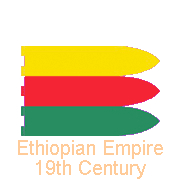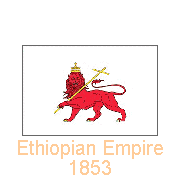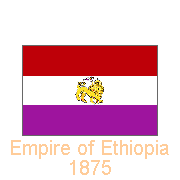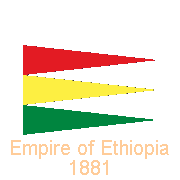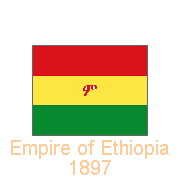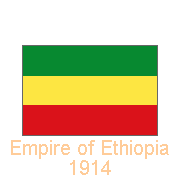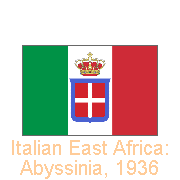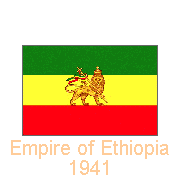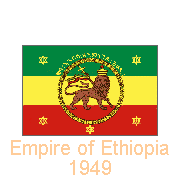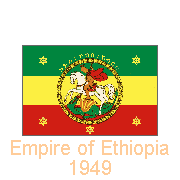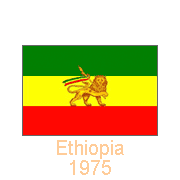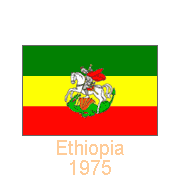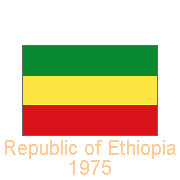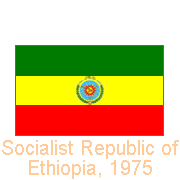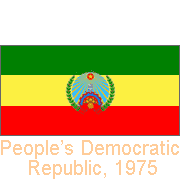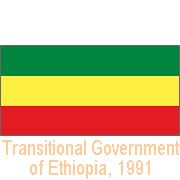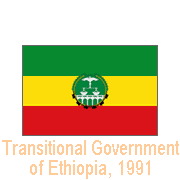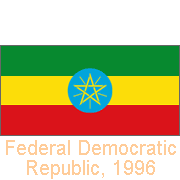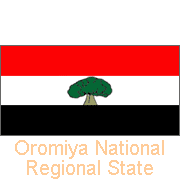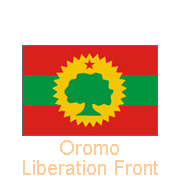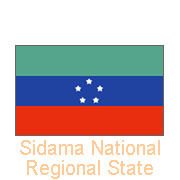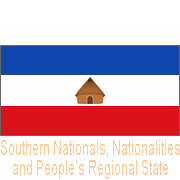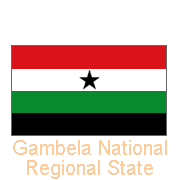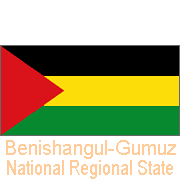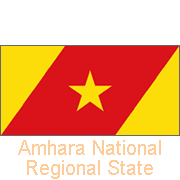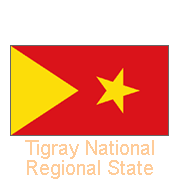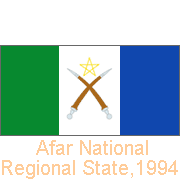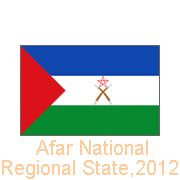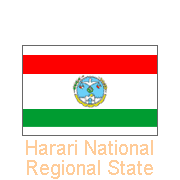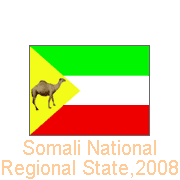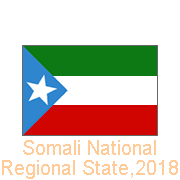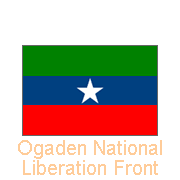Flags from Ethiopia

A Flag history of Ethiopia
The colours red, yellow and green have carried special importance since at least the early 17th Century. It was a symbol of the Ethiopian Empire’s Solomonic dynasty and the Holy Trinity, reflecting its long history of the Ethiopian Orthodox church. Ethiopia’s flag evolved in 1897 from three coloured pennants and originally had red on top.
you may then send it as a postcard if you wish.
A colonial power never conquered Ethiopia. It defeated the Italians, who were in their quest for an African colony, on 1 March 1896 at the Battle of Adwa (usually known as Adowa, or sometimes by the Italian name Adua) in Tigray. On 6 October 1897, it introduced its first rectangular red-yellow-green flag, based on the three pennants. The colours were interpreted as having a connection to the Holy Trinity and the three main provinces and stood for: red - power and faith, yellow - church, peace, natural wealth and love, green - land and hope. Soon after, the order of colours was changed, and the Imperial symbol, the Lion of Judah bearing a cross, was placed on the central stripe. This symbol was associated with Menelik I, traditionally believed to be the son of King Solomon of ancient Israel and Makeda, the Queen of Sheba. According to legend, he founded the Solomonic dynasty of Ethiopia that ruled Ethiopia with few interruptions for close to three thousand years (and 225 generations later ended with the fall of Emperor Haile Selassie in 1974).
On 3 October 1935, the Italian Fascist regime under Mussolini again attacked Ethiopia, using tanks, planes and chemical weapons. From 1936 to 1941, Italy occupied Ethiopia, flying the Italian flag, as its colony of Abyssinia (the name it used to be referred to outside the country, derived from an early Arabic word). In 1941 the Italians were driven out by British and Ethiopian patriot forces, and the National flag was restored. In 1949 Emperor Haile Selassie I adopted an Imperial Standard, featuring the Lion of Judah on the front (obverse) and St. George slaying the dragon on the back (reverse), encircled by the collar of the Order of Solomon’s Seal.
Ethiopia’s State flag was modified after the overthrow of Emperor Haile Selassie on 12 September 1974 by the military: the crown was removed from the lion’s head, and the Cross finial changed to a spear point. The following year the repressive “Derg” military regime adopted a new flag with an emblem designed by Taddesse Mesfin. This version lasted until 1987 when, through a referendum, Ethiopia became a “Democratic People’s Republic” with Mengistu Haile Mariam as president. The green-yellow-red flag now carried a new emblem and was used from 1987 until Mengistu’s regime was overthrown in 1991.
The people always used a green-yellow-red flag without any emblem, as it could be cheaply made and would remain current even when regimes changed: this basic pattern could not be changed. It became the country’s only flag after the overthrow of the communist government until, on 6 February 1996, new symbols were introduced for the Federal Democratic Republic of Ethiopia. The emblem features a blue disk, symbolising peace, and a pentagram with rays emanating from its inner angles signifying “the bright prospect in sight for the Nations, Nationalities and Peoples (of Ethiopia) united in their common will”.
Since the reorganisation of Ethiopia into ten ethnic regions, each region now also has its own flag.


